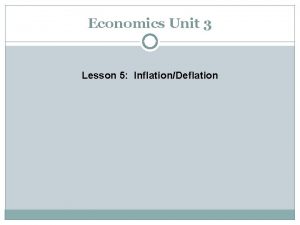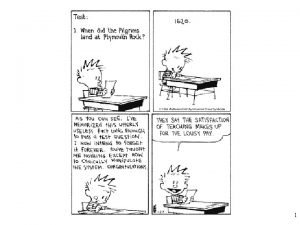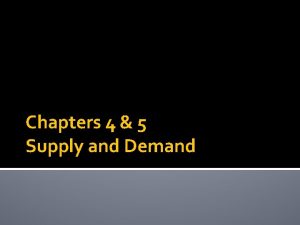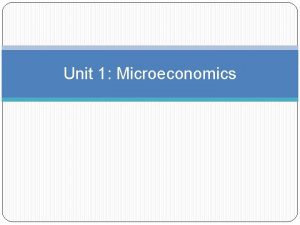Unit 4 Demand Microeconomics part of economics that







- Slides: 7

Unit 4 Demand

Microeconomics – part of economics that deals with behavior and decision making by small units, such as individuals and firms. Demand – the desire, ability, and willingness to buy a product. - In a market economy, knowing where demand is needed is important. - Economists use schedules, diagrams, and surveys to represent approximations of consumer behavior. A. Law of Demand – more goods will be sold at lower prices and less goods at higher prices. - Inverse relationship: Q↑ when P↓ and Q↓ when P↑. B. Demand Schedule – listing that shows quantity demanded at all prices that might prevail in the market at a given time.

Demand Curve – (D) – graph showing the quantity demanded at each possible price that might prevail in the market at a given time. Price D Quantity P Q $1 25 $4 20 $7 15 $11 10 $15 5 C. Change in Quantity vs. Change in Demand: 1. Change in Quantity Demanded – movement ALONG the Demand curve due to a PRICE CHANGE. (1). Income Effect – the change in quantity demanded changed because a change in price altered consumers’ real income. (2). Substitution Effect - the change in quantity demanded because of a change relative price of a product.

2. Change in Demand – consumers buy different amounts of a good at the same price, causing the entire demand curve or schedule to SHIFT based on Non – price “Determinants of Demand”. D. The “Determinants of Demand” or non – price shifters are: 1). Changes in consumer taste or preference. 2). Changes in consumer income. 3). Change in the price of related goods. Substitute goods – goods can be used in place of each other Complementary goods – goods that are used with each other 4). Change in market size or number of potential customers. 5). Change in expectations. - If Demand increases, the curve shifts to the right. - If Demand decreases, the curve shifts to the left. E. Marginal Utility – satisfaction or usefulness obtained from getting 1 or more units of a product.

Law of Diminishing Marginal Utility – each additional unit of a product is less useful to you than the one that came before it. -One of the best measures of a product’s value is the amount people are willing to pay for it. -Lower prices are required to induce you to buy additional units of a product because these additional units are less useful to you. F. Elasticity – measure of responsiveness telling us how a dependent variable such as quantity responds to a change in an independent variable such as price. 1). Demand Elasticity - sensitivity of consumers to price changes, a change that price has on quantity demanded. (large, small, proportional). 2). Elastic Demand – a small change in price will cause a large change in quantity demanded. Consumers are very sensitive to price changes. There are many substitutes for these products, and the graph approaches a horizontal line.

3). Inelastic Demand – a large change in price will cause a small change in quantity demanded. Consumers are relatively insensitive to price changes. These products are considered necessities, and the graph approaches a vertical line. 4). Unit Elastic – a change in price is proportional to the quantity demanded. Total receipts are the same as before change. 5). Total Expenditure Test: estimates elasticity by multiplying price by the quantity demanded for any point along the curve. (Consumer expenditure and total revenue are the same thing. )

- If Elastic: when price ↓ a little, amount consumers buy ↑ a lot, total expenditure ↑. - If Inelastic: when price ↓ a little, amount consumers buy ↑a little, total expenditure ↓. - If Unit Elastic: when price ↓ a little, amount consumers buy↑ proportionally so total expenditures remain the same. This helps businesses determine pricing to increase revenue. 6). Determinants of Demand Elasticity: (a). Can Purchase be Delayed? Yes = Elastic; No = Inelastic (b). Are Substitutes Available? Many= Elastic; Few = Inelastic (c). Consumer Income: > % = Elastic; < % = Inelastic













